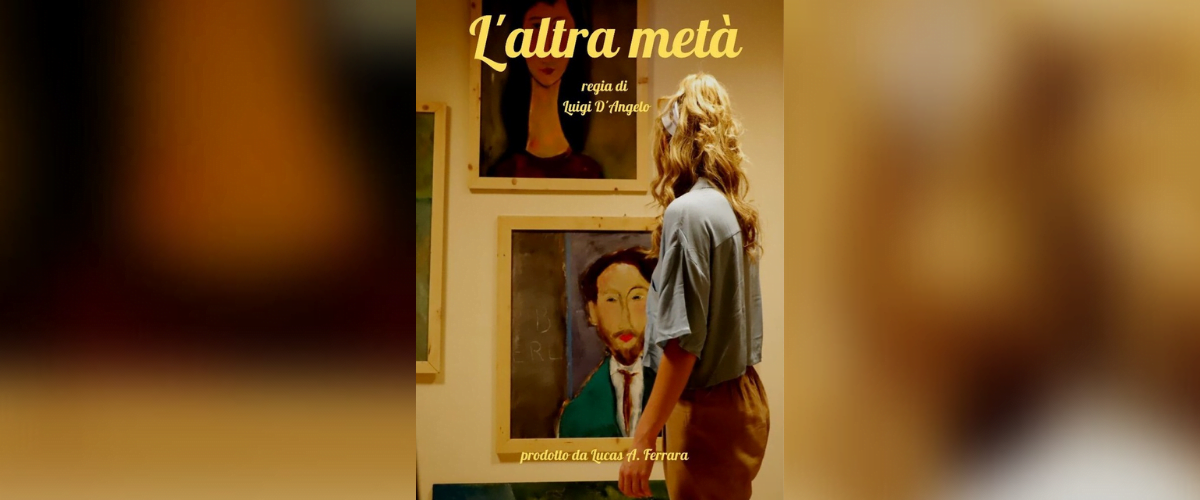
Where words are lost either in a moment overwhelmed by emotion or fear or in a past far too obscure to remember, images become a form of rehabilitation. Here is a poetic, perhaps slightly pathetic, pretext but which is the basis of a deep short film, devoid of the shortcomings specific to a melodrama: ‘The Other Half‘. What exactly is this other half? Director Luigi D’Angelo offers us at least two possible answers, avoiding, however, the most predictable options: a loved one whose memory returns from beyond the grave to make up for an emotional lack, but also painting itself as a means of healing, as an illusory compensation or as a way of understanding why grief exists. We are thus faced with two characters who are subtly interconnected by the need to create art, but for whom painting, in turn, becomes an essential clue that can reveal truths beyond the barrier of oblivion. However, the project takes an unpredictable turn, and what begins as a temperate exercise in admiration of a young aspirant artist in front of the master turns into an almost detective confrontation with the past of both characters.
Still, the short film is not a thriller that offers us a concrete, definitive and “cathartic” outcome to the emotional conflict. The director prefers, rather, an Ibsenian convention that not only saves the project from a more or less predictable narrative progression but, at the same time, invests the protagonists with a much more complex psychology. The truth of whose character is more important, where does the memory end and where does the fantasy begin, and finally, what is the relationship between the two protagonists and that missing artist, but whose art can change destinies? – here are some questions whose answers are relative. But it is this relativity, this constant uncertainty that fuels this brief and intense x-ray of two incomplete souls, that makes watching the short film an even more enjoyable experience, even if the central story is far from being fully explored. Such a delicate narrative could only be truly sustained by an evanescent, light but misleading atmosphere, which Luigi D’Angelo creates like a kinetic pastel, in which the references to the aesthetics of Modigliani’s work are more than noticeable. In fact, ‘The Other Half’ is extremely similar to a Modigliani painting that seduces us with the purity and simplicity of its characters, but which, at the same time, intrigues us through the translucent abysses of their eyes.






